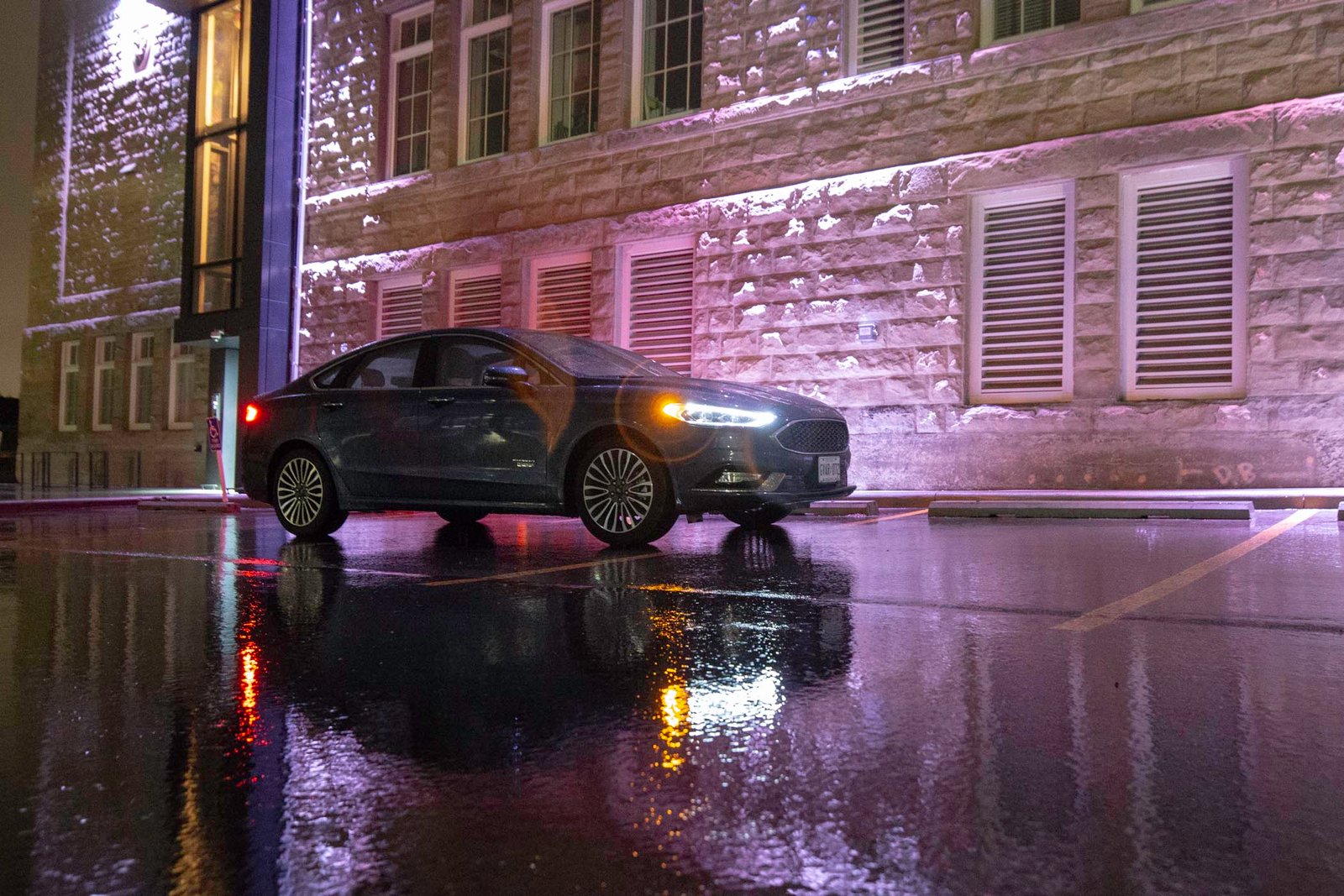Driving Tesla’s Model S, a most en-lightning experience
Most of these factors remain relevant in the modern renaissance of the EV, but technology has come a long way towards making electric vehicles a practical and attractive transport option – the Model S is a case in point. I had the chance to experience/drive Tesla’s P85 Model S a few months ago out of the company’s Palo Alto headquarters.
So how does Tesla’s Model S drive, and how does an all-electric compare against its petrol infused brethren? To be honest, having never driven an electric vehicle before, I wasn’t quite sure what to expect. I am and have long been a dedicated fan of the controlled explosion gasoline engine, so would I soon become an EV convert? As it turned out, yes. Sure I can’t drive to Manitoba in a Model S without having to stop in various Saskatchewan villas along the way, but the range compromises are worth it.
Handling? The car is quicker than I had imagined, with athletic abilities on par with or surpassing any gas-powered euro-sedan I’ve driven. Without the usual gas engine weight waving about up front, not only is handling more composed and flat, but braking is also significantly better with that big chunk of steel gone from the equation.
Let’s be clear though, at 4,647 lb (2108 kg) the Model S is definitely not a lightweight. When put up against similarly priced Euro-sedans the Tesla comes out heavier than BMW’s ActiveHybrid 5 Series and the Mercedes-Benz S Class by a few hundred pounds. Both German cars however can’t touch the Model S in terms of acceleration, with the Benz getting the closest at 4.8 seconds to 100 km/h (62 mph), compared to Tesla’s 4.4 seconds for the 85 kWh model.
As for technology, the Model S has no shortage on next generation functionality. One to note is the “creep” function, which imitates a gas vehicle’s slow forward movement when your foot is off the pedal. This small but important change ensures people are tangibly attached to the car and aware that it is in fact running. Starting the car is similar to most electrics. Simply take the Tesla shaped key into the car, press the brake and you’re good to go.
One complaint from petrol junkies affronted by the thought of an electric drivetrain is the lack of aural emanations. I too appreciate the need for the noisy, high-revving pleasures of a Lamborghini , a McLaren or late 60’s muscle car. When you first step on the Model S’ accelerator, which of course has no mechanical linkage to fuel injector rails or carburetors, the only sound you expect to hear is … nothing. Actually that’s not true. The first sound to become noticeable is the word “whoah!” coming out of your mouth as the car launches in a pure linear fashion like no other gas powered vehicle I’ve ever driven. After this initial verbal outpouring the the generator starts to chime in.
Now the rising whine of the generator, I have to say is a bit disconcerting. Not disconcerting in a something is wrong way, but more like the body/brain are so conditioned to traditional inputs that it has trouble making the connection between said whine and acceleration. But after a few acceleration tests (okay a lot of acceleration tests) you get used to the generator’s supercharger-like whine quite quickly. Experiencing what an electric performance vehicle is truly capable of is still a sensory feast. In a way, you lose one sense and the others become vastly enhanced.
